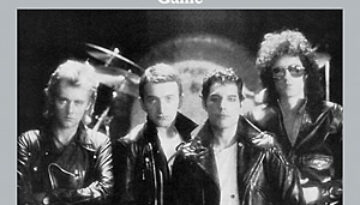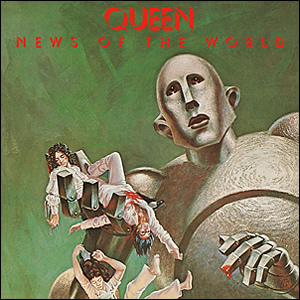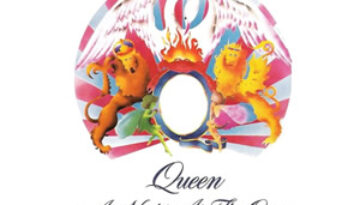Top 9 Rock Festivals
This week Classic Rock Review joins the celebration of the 45th Anniversary of the historic 1969 Woodstock Music Festival. In conjunction with Top 9 Lists, we present a list of the Top 9 […]

This week Classic Rock Review joins the celebration of the 45th Anniversary of the historic 1969 Woodstock Music Festival. In conjunction with Top 9 Lists, we present a list of the Top 9 […]

Nearly from its inception, rock and roll and Christmas songs have made for a potent mixture of holiday-flavored punch. This marriage dates back to 1957 with the first Elvis Presley Christmas Album and […]

Buy The Works The Works was sort of a comeback album by Queen in 1984. We say “sort of” because the group never really went away, they just faced a major commercial flop […]

Buy The Game Queen reached their commercial peak in the U.S.A. with the 1980 release of their eighth studio album, The Game. This was the only album by the band to reach the […]

Buy News Of the World News Of the World was recorded and released in the heart of Queen’s most prolific and creative era and may be the band’s most balanced album. It bridges […]

Buy A Night at the Opera Queen really reached for the stars with the production and release of their fourth album, A Night at the Opera in 1975. At the time it was […]